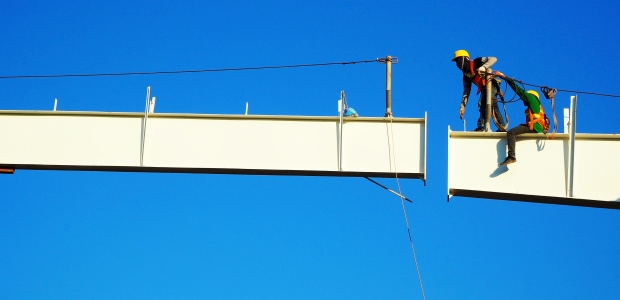I am decent with a chain saw and in relatively good shape. I am interested in buying climbing spurs, a belt and flip line.
I am looking for recommendations on what I need, brands, and where to buy. I will not be using to make a living but to cut a few trees that I cannot easily drop because of space. I, therefore, do not need the pro equipment, I want to be safe and have something that will work.
I am looking for recommendations on what I need, brands, and where to buy. I will not be using to make a living but to cut a few trees that I cannot easily drop because of space. I, therefore, do not need the pro equipment, I want to be safe and have something that will work.
